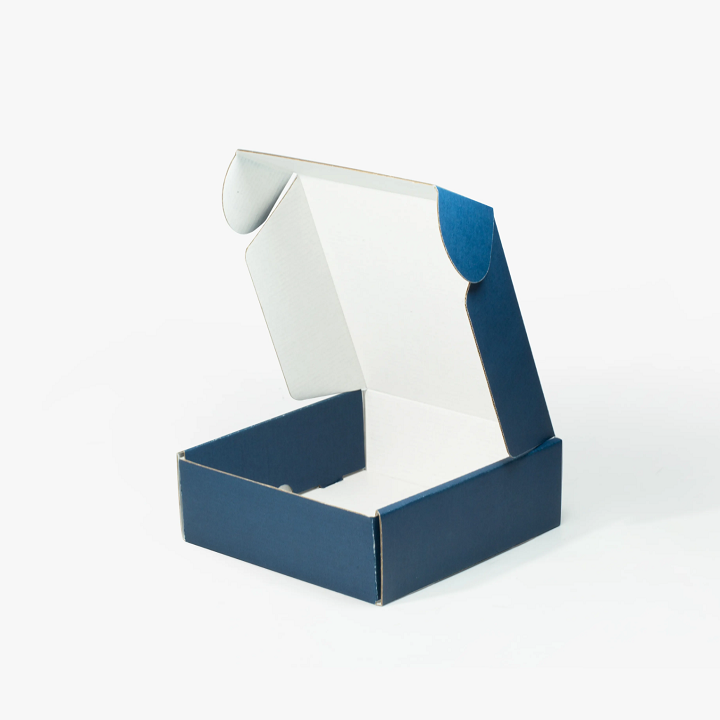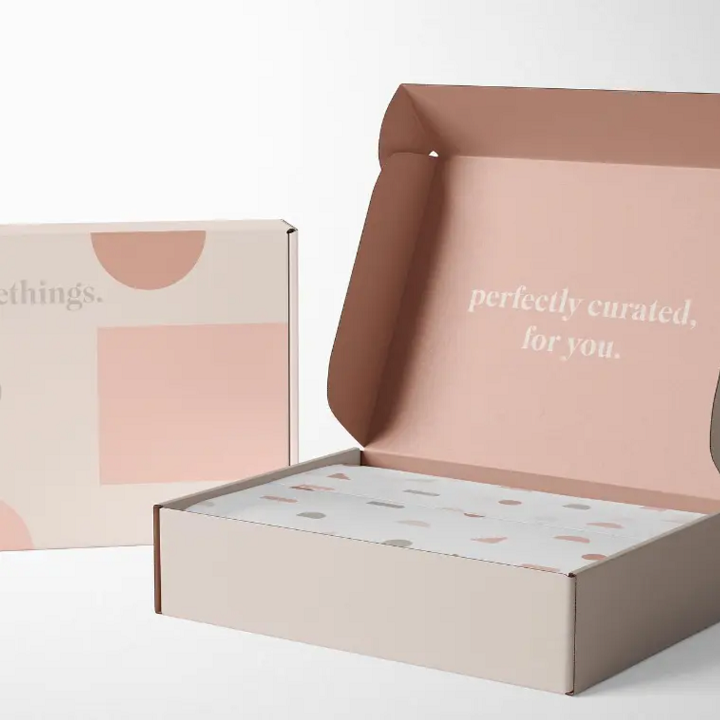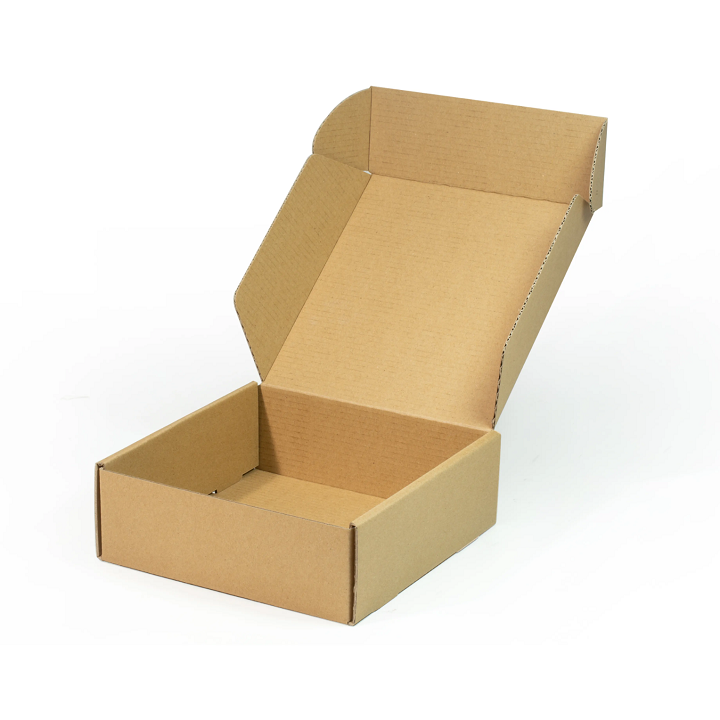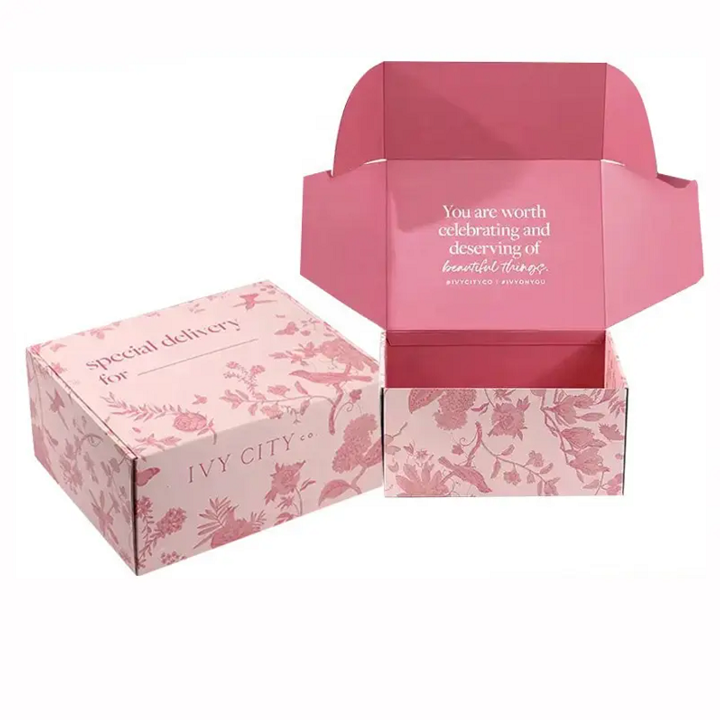Corrugated boxes are ubiquitous in modern packaging, renowned for their strength, durability, and versatility. This article delves into the materials, manufacturing processes, and diverse applications of corrugated boxes, complemented by images and videos to enhance understanding.
Introduction to Corrugated Boxes
Corrugated boxes are made from corrugated cardboard, which consists of three layers: two outer layers of flat linerboard and an inner layer of fluted medium. The fluted medium provides the structural integrity and cushioning necessary for protecting goods during transit.
Materials Used in Corrugated Boxes
Linerboard: The outer layers of corrugated cardboard, providing a smooth surface for printing and handling.
Fluted Medium: The inner layer with a wavy pattern, offering strength and cushioning.
Adhesive: Used to bond the layers together.

Manufacturing Process of Corrugated Boxes
The manufacturing process involves several key steps:
Containerboard Combining Process: The corrugating medium is pressed into a wave-like shape and glued to the linerboards using a machine called a corrugator.
Box Manufacturing Process: This includes printing, punching, forming, bundling, and palletizing. The corrugated board is cut into specific shapes, printed, and then formed into boxes.

Applications of Corrugated Boxes
Corrugated boxes are used in a wide range of applications due to their strength and versatility:
Packaging Food Products: Corrugated boxes are commonly used for packaging perishable items like fruits and vegetables.
Moving House Boxes: They are ideal for moving due to their durability and ability to protect items during transit.
Posting Large Electrical Items: Items like laptops and televisions are often shipped in corrugated boxes for protection.

Benefits of Using Corrugated Boxes
Environmental Sustainability: Corrugated boxes are widely recycled, making them an environmentally friendly packaging option.
Cost-Effectiveness: They are relatively inexpensive compared to other packaging materials.
Customization: Corrugated boxes can be easily printed with various designs and logos, enhancing brand visibility.

Challenges and Future Developments
Despite their advantages, corrugated boxes face challenges such as moisture sensitivity and the need for sustainable production methods. Future developments include the use of biodegradable adhesives and more efficient manufacturing processes.
Conclusion
Corrugated boxes are a cornerstone of modern packaging, offering strength, versatility, and sustainability. As technology advances, we can expect even more innovative applications and improvements in their manufacturing process.
Frequently Asked Questions
What are corrugated boxes made of?
Corrugated boxes are made from corrugated cardboard, which consists of two outer layers of linerboard and an inner layer of fluted medium.
How are corrugated boxes manufactured?
The manufacturing process involves combining the linerboards and fluted medium using a corrugator, followed by printing, cutting, and forming into boxes.
What are the benefits of using corrugated boxes?
They are strong, durable, cost-effective, and environmentally sustainable.
Can corrugated boxes be customized?
Yes, corrugated boxes can be easily printed with various designs and logos.
Are corrugated boxes recyclable?
Yes, corrugated boxes are widely recycled, making them an environmentally friendly option.

































